iOS 12: Everything new in Apple’s update
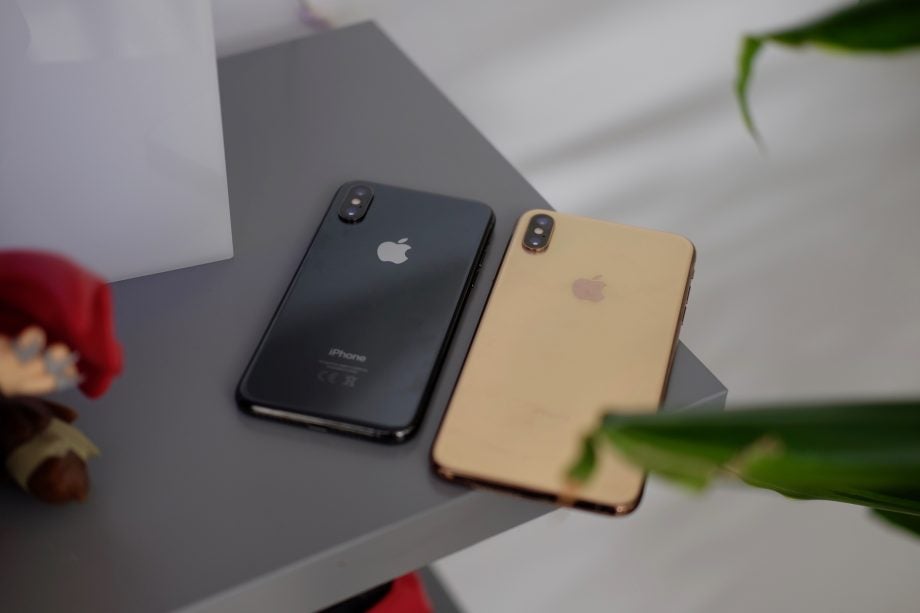
iOS 12 review: Release date, new features and supported phones
iOS 12 is all about performance. The main objective is improving speeds not only in new iPhones but in older (think iPhone 5S, iPhone SE) devices too.
There are a couple of new features too, like Memoji and improved notifications. Read on for everything worth knowing about iOS 12.
Related: How to download iOS 12 right now
iOS 12 Phones: Which iPhones and iPads are compatible with iOS 12?
The following devices are compatible with iOS 12:
- iPhone 5S
- iPhone SE
- iPhone 6 | iPhone 6 Plus
- iPhone 6S | iPhone 6S Plus
- iPhone 7 | iPhone 7 Plus
- iPhone 8 | iPhone 8 Plus
- iPhone X
- iPhone XS | iPhone XS Max | iPhone XR (preinstalled)
The following iPads will also be able to install iOS 12: iPad Mini 2, iPad Mini 3, iPad Mini 4, iPad Air, iPad Air 2, iPad 5, iPad 9.7-inch 2018 , 9.7-inch iPad Pro, iPad Pro 10.5, 12.9-inch iPad Pro (both gens), iPad Pro 2018 Oh, and the 6th generation iPod Touch is supported too.
iOS 12 Release Date
Apple announced iOS 12 back at WWDC in June. After previewing it through the public and developer beta community throughout the summer, the company is ready to unleash it on everyone. iOS 12 is available now, to either download through your device or via iTunes.
iOS 12 Features: What’s new?
Memojis
Memojis are the most fun part of iOS 12 to play around with in the first 10 minutes. However, you can only use them if you have an iPhone XS, XR, X or XS Max. This is because they use the front camera hardware to work, from which only newer phones benefit.
Memojis are Animojis you can design to look like yourself. Or, perhaps, a friend.
To try out feature, go to the Messages app, tap the New Message button and then the monkey Animoji icon. Swipe left-to-right on the bar that pops up and press the + icon. This lets you cycle through presets for each part of the face to make one that looks like you.
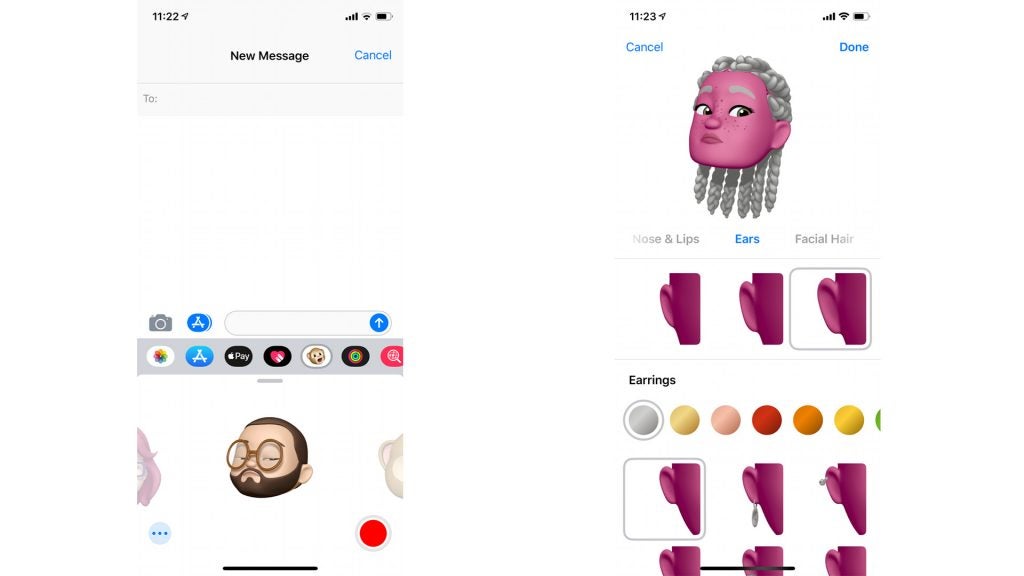
Throwing Memoji shade
We could argue that with all the augmented reality stuff plugged into the latest iPhones and iOS, it should be able to make auto suggestions so you don’t have to spend time fine-tuning each piece. However, that’s really all part of the fun of Memojis.
The results appear like an Apple take on Nintendo’s Mii characters. They’re cutesy and have plenty of character, but the lack of scope in the options for different weights and ages seems purpose-built to avoid offence. You can’t really make a bad-looking Memoji.
Opting for facial hair on a Memoji with a traditionally feminine haircut is about as transgressive as you can get. Well, other than making its skin purple.
Memojis do work about as well as standard Animojis, so are great fun to play around with, particularly in a family setting.
ARKit 2.0
iOS 12’s augmented reality improvements are perhaps the most technically interesting changes to the software. We now get ARKit 2.0, even though many of you may not have tried ARKit yet. It’s Apple’s AR platform, defining what app developers can, and can’t, do.
ARKit 2.0 introduces multi-player AR, with numerous phones and tablets sharing the same game environment. It also adds 3D object tracking, and lets AR sessions resume, rather than effectively creating a new AR environment each time you play.
All of this will mature in the hands of developers. However, iOS 12 adds the Measure app as a demo, too, which comes as part of the software.
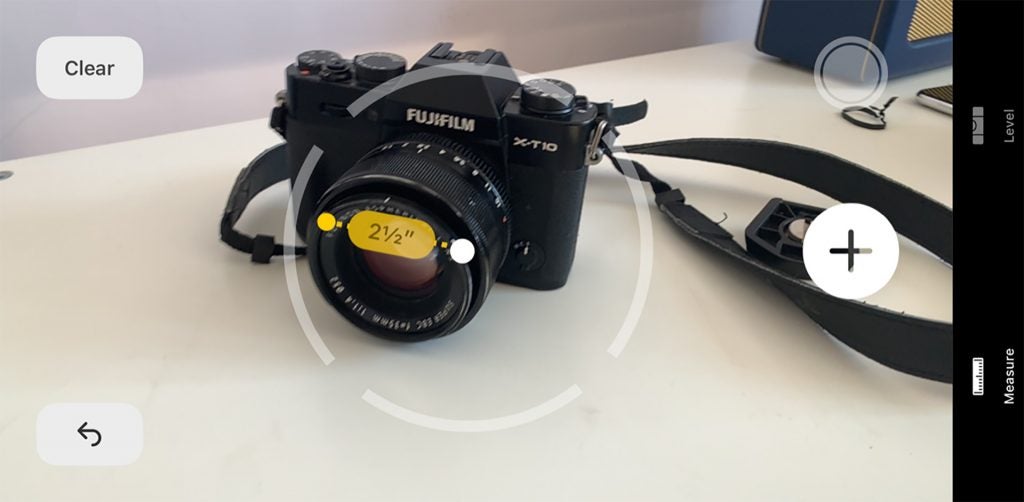
It lets you measure objects in three dimensions, acting like a virtual tape measure. You’re not limited to a single plane, either. I tried the box of a £79 MagSafe 2 60W MacBook Pro adapter, bought after the original frayed into a fire hazard. Sure enough, you can measure its sides and distances along a tablet surface in the same scene.
It isn’t perfect, and the iPhone XS tends to confuse the scene unless it’s a decent distance from the object in order to gain perspective. But it’s worth checking out.
ARKit offers a fresh toy box for developers. It will no doubt appear gimmicky in the wrong hands, but it’s good to see Apple keep up the pace on AR development, even if it hasn’t caught on with normal users yet.
iOS 12: Screen Time
If Memoji is the feature you might play with in the first five minutes of using iOS 12, Screen Time is the one you’ll dabble with for the first week. It’s part of Apple’s digital wellness additions to its mobile software, mirroring those coming to Android P.
Apple’s strategy seems to be to make these new features both easy to access and easy to ignore. They do not, unlike ARKit 2.0, have their own show-off app. Instead, they’re part of the Settings menu. You have to manually switch Screen Time on, too.
On its face, Screen Time looks similar to a battery consumption screen. You see a breakdown of how you spend time on your phone.
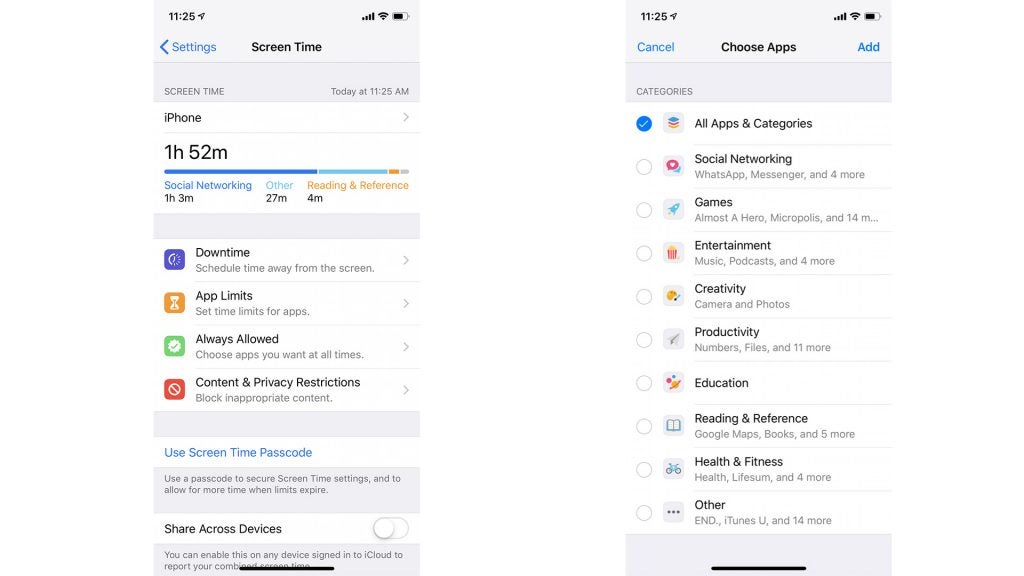
For many of us, the likely revelation is that we spend too much time on social media or YouTube. And that’s the point.
Dig deeper into its menus and you can see your behaviours over time, how many phone “pickups” you do each day, and how your use breaks down over a week instead of a day.
This is moderately interesting on its own, but it becomes more useful when you add the active controls. You can limit the amount of time spent in certain types of apps, with App Limits.
These reset every day, and at present when you go beyond that time, it’s possible to “ignore” the limit if you like. However, it’s useful if you don’t want to splurge your time away on apps as much anymore.
Behaviour such as this could well turn into the next “gluten-free” or “part-time vegan” lifestyle fad. Although if you give up on social media, you have fewer sources of validation for such a move.
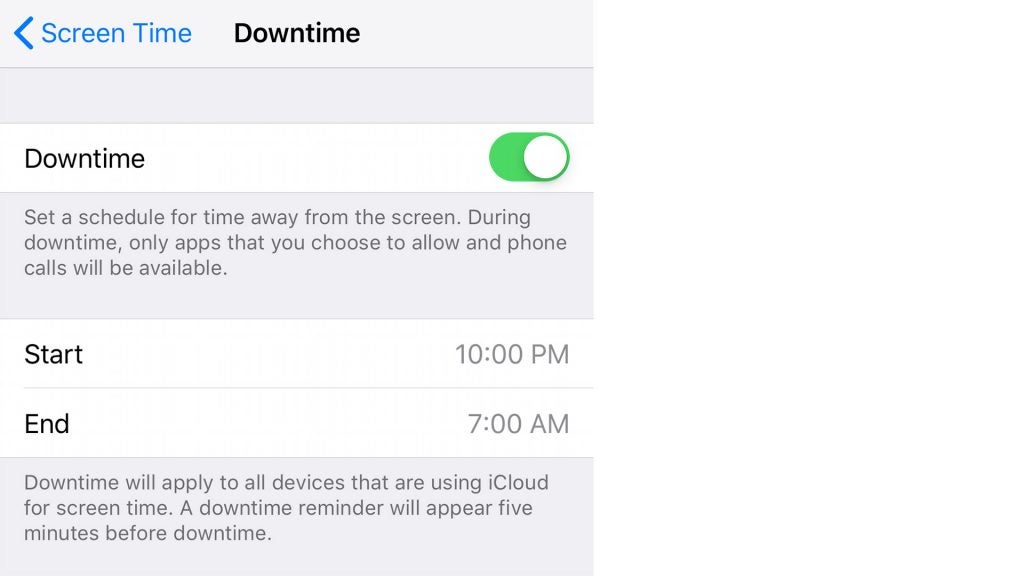
Cynical as this sounds, I do see the benefit. I’m currently spending a lot of time on Gumtree, eBay and Facebook Marketplace looking for a car. Too much, perhaps. And while I haven’t mustered the willpower to actually stick to a preset time allowance, I may do so once I’ve found a car. Just like an addict: always an excuse.
There are some major shortcomings to this side of Screen Time, though. You set times by category – social networking, productivity, entertainment and others – rather than per app.
This is a problem. I may spend a decent amount of time in WhatsApp, but I don’t consider it wasted as I’m directly talking to close friends and family. However, Screen Time lumps it in with Facebook and other social networks. You can’t yet set single-app restrictions. For many of us, this would be the most useful mechanic.
As such, the best outcome might be for parents to use Screen Time and App Limits to control how their kids use their old hand-me-down iPhones. Screen Time allows sharing across a family’s iOS devices, so parents can keep an eye on kids. App use limits can also be protected, with a password required to override them.
iOS 12 Performance
One of the most important claims for iOS 12 is improved performance. However, perhaps unsurprisingly, moving from an iPhone X running iOS 11 to an iPhone XS running iOS 12, there’s no grand difference in speed. Both are fluid and fast.
iOS 12’s optimisations are of much more interest to owners of older iPhones. The oldest to support the new software is the iPhone 5S, from way back in 2013.
While continued support for such an old device is a minor aberration, it still serves as a reminder of quite how well Apple supports its handsets compared to Android manufacturers.
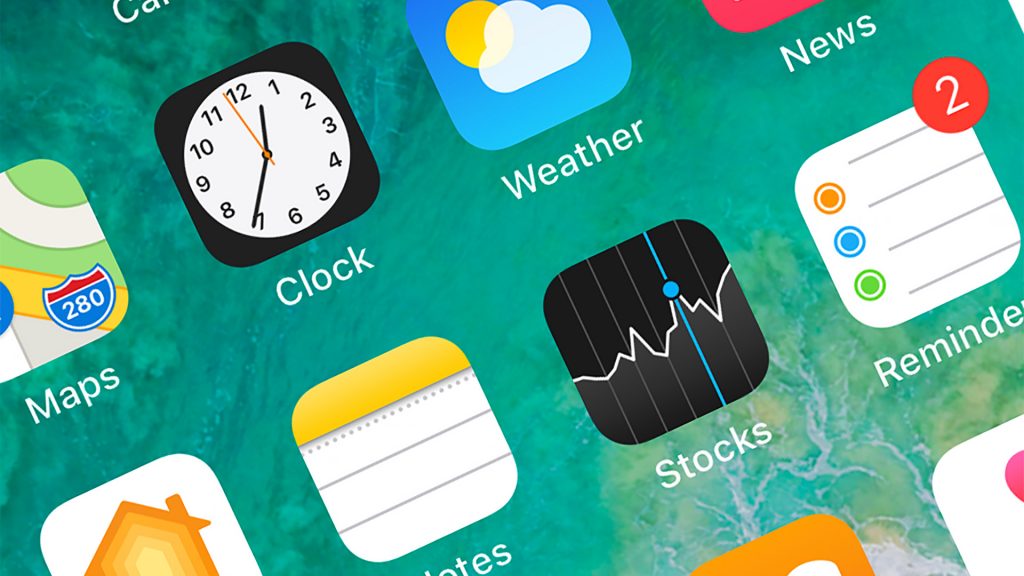
Apple says iOS 12 offers “up to 70% faster swipe to Camera”, “up to 50% faster keyboard display” and “up to 2x faster app launch under heavy workload”. It tested this with an iPhone 6 Plus and pre-release software.
We tend to trade in relatively new hardware, but reports online suggest there’s a significant improvement in the fluidity of iOS in older phones. Our assumption is that Apple has reworked the way the system uses its RAM, to keep a little more available in phones that barely have any to start.
iOS has always been more RAM-frugal than Android, but that software in 2018 has been optimised for phones with as little as 1GB of RAM is impressive.
iOS 12 Battery monitoring
Some of iOS 12’s features are made for people who like to hold onto their phones for a long time. Others are for the enthusiasts who like to make sure they get the most from their iPhone.
The new battery monitoring feature feels as though it’s for the latter. In iOS 11, you could look at a breakdown of apps by their percentage of battery use, over the past 24 hours and past week.
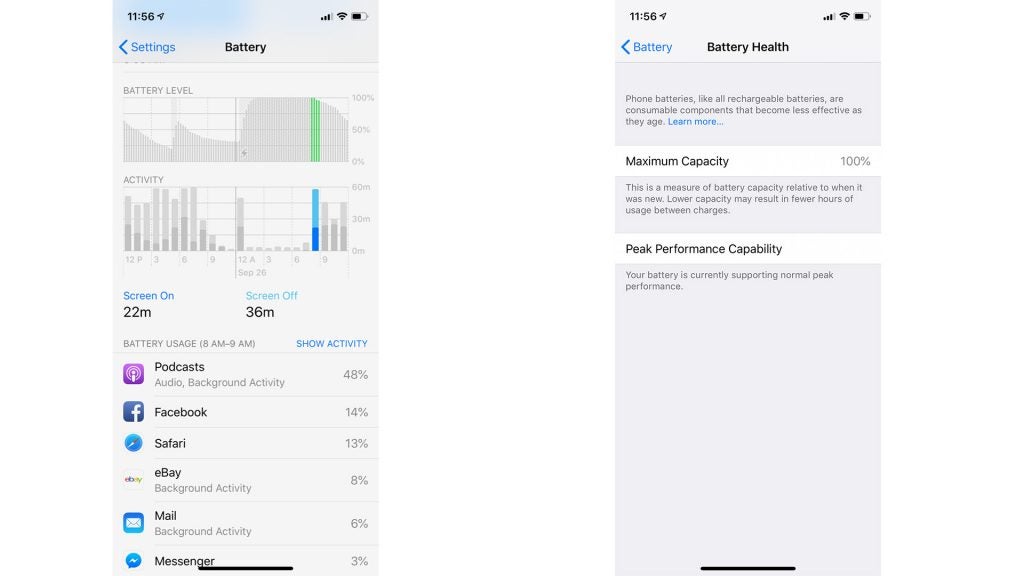
iOS 12 adds graphs that let you view battery consumption and level per hour, with a breakdown of background and “screen on” battery use. It’s overkill for many of us, mind.
Both versions let you look out for excessive battery consumption in apps you barely use, and the battery health section shows how much the capacity has drained since the phone was new. MacBooks have a similar feature, although it’s more accessible in iOS 12.
Siri
iOS 12 adds new abilities to Siri, too, in the form of Siri Shortcuts. You add these in Settings, not Siri’s own interface.
To an extent, this is proof Siri’s AI isn’t mind-blowing. It amounts to you programming Siri so it works better. However, it will make the voice assistant far more useful for many of us. And for that reason it gets a big thumbs-up.
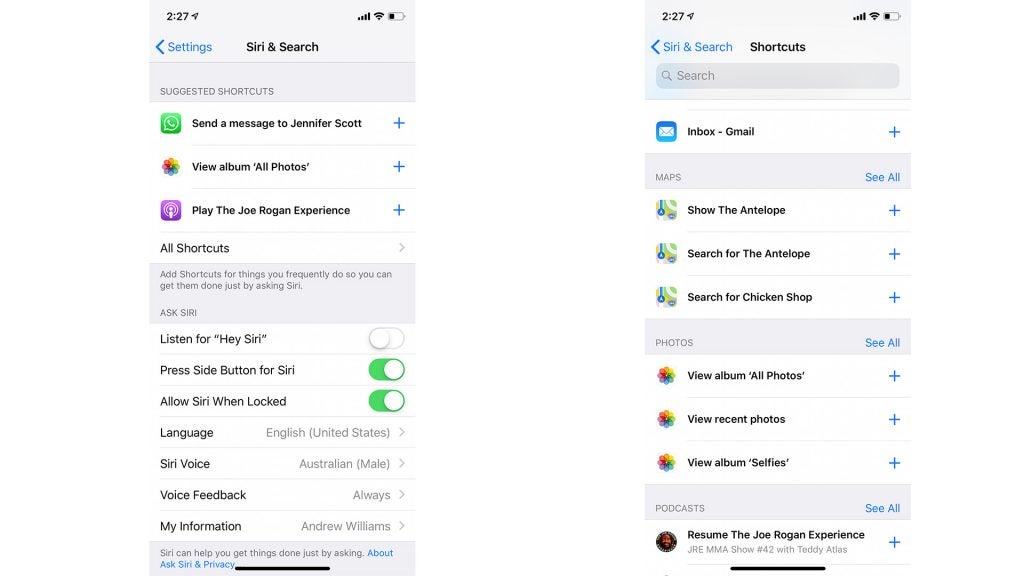
The shortcuts area suggests phrases you might want to add to Siri as these shortcuts. For example, that might mean travelling home using Citymapper, playing the latest episode of a favourite podcast, setting an alarm, or sending someone a message in WhatsApp.
That it does away with having to mention the specific app in your voice command is the key. You programme in the specificity so the eventual interaction feels more natural.
iOS 12 Notifications and Face ID
Like every versions of iOS, 12 has a number of minor tweaks you’ll stumble across one day, then wonder if they’ve actually been part of iOS for an age. A few are worth noting.
First, Face ID now lets you set up an “alternative” appearance. Given it doesn’t tend to struggle with glasses, and should have no problem on days where you wear a bit more make-up, this is for more marked changes.
Do you wear a wig on occasion that changes your hairline? Want Face ID to recognise your drag queen alter ego – and why wouldn’t you? Or look past heavy stage makeup? This feature should help.
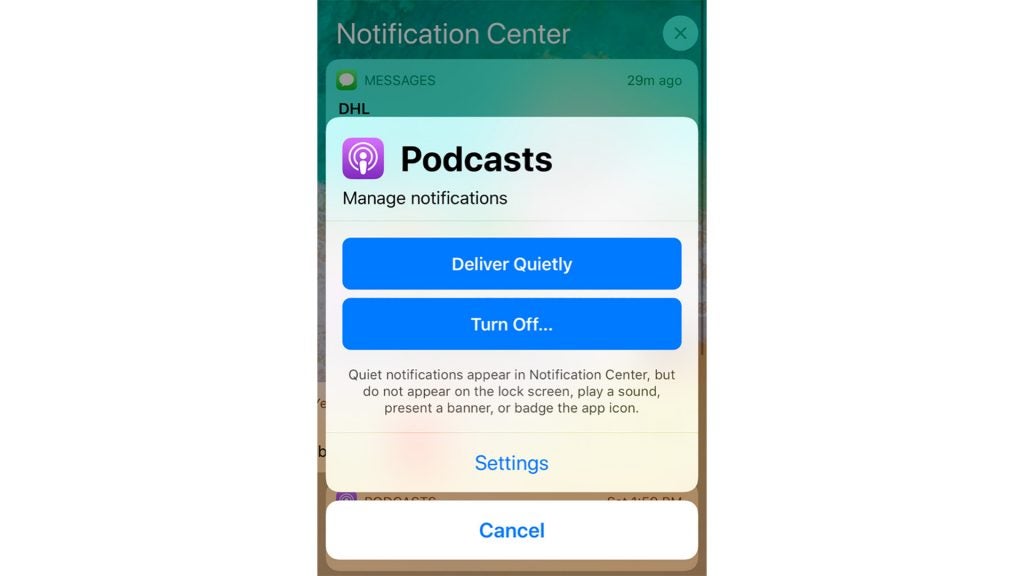
iOS 12 also adds Quiet Notifications. These will show in the dropdown display, but won’t cause a sound alert or appear at the top of the display when they arrive.
You’ll want to use this for apps whose notifications you don’t want to kill entirely, but have no particular desire to see immediately. The Podcasts app might be a good use for this feature, since most of us don’t drop everything to listen to a new episode of a favourite series as soon as it comes in.
To use Quiet Notifications, go to the dropdown menu and swipe a notification as if you were going to dismiss it, then tap Manage. You’ll see the option to use the new notification type here.
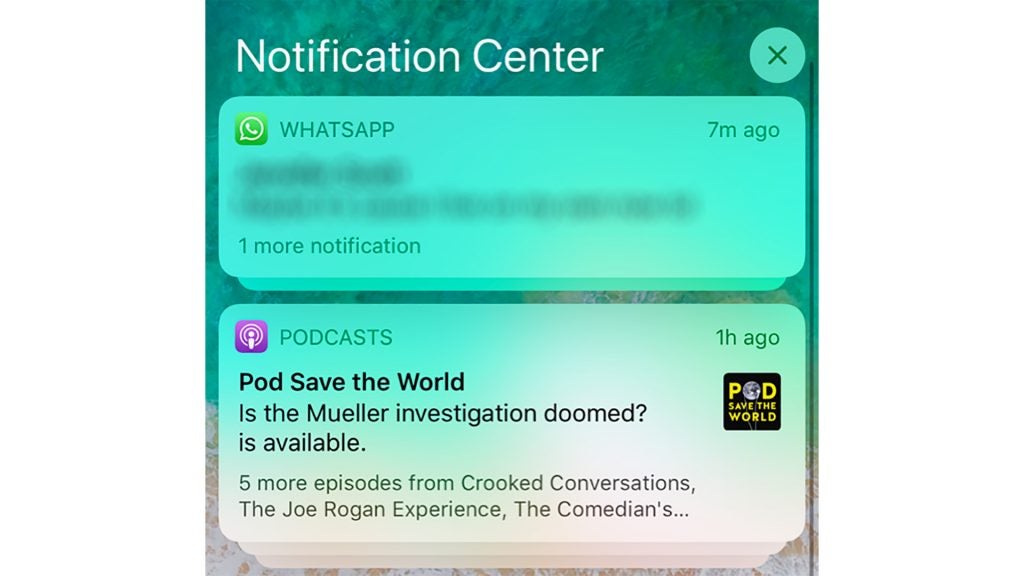
The way notifications are displayed in general has altered, too. Finally, Apple has started grouping them by app, in the same manner as Android. Facebook and WhatsApp will no longer bogart your notifications dropdown.
This means less scrolling through the Notifications menu. This part of iOS 12 instantly feels cleaner and better organised.
Have you been impressed by iOS 12? Let us know on Twitter @trustedreviews


